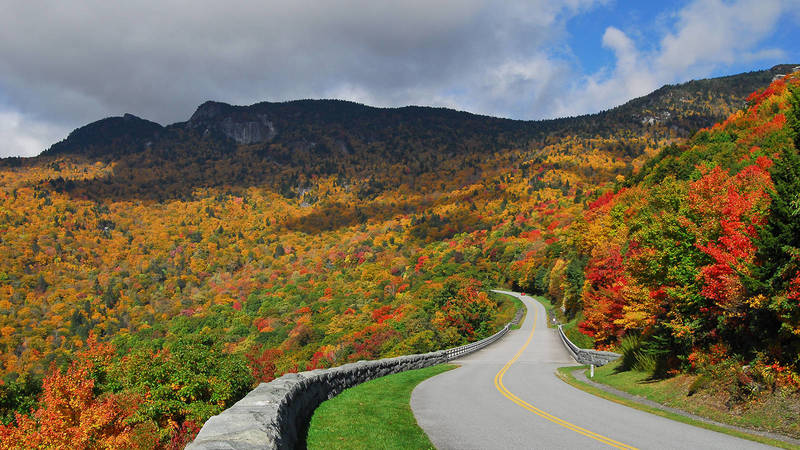The Centennial Challenge will leverage funding from a variety of sources to improve the experience for national park visitors.
National parks are some of the most majestic, awe-inspiring, historically significant places in the world. Yet Congress has underfunded the National Park Service for years, forcing cutbacks in staffing, maintenance, educational programs, and other visitor services, taking a toll on these iconic and irreplaceable natural and historic resources. Americans are overwhelmingly proud of our parks and what they represent. Yet many of us are also dissatisfied with their current state. We need to give these places the attention they deserve—and the resources in the federal budget often fall short.
Now that the national parks have entered their centennial year, this question is all the more urgent: How can we improve them if we barely have enough funding to maintain them?
Fortunately, members of Congress provided additional resources this year in recognition of their national significance and to help welcome the growing throngs of families visiting parks. Congress also restored some of the funds needed to address outstanding maintenance requirements for roads and other facilities. But more needs to be done heading into the next century.
A public-private funding partnership called the Centennial Challenge leverages money from private entities such as foundations and national park friends groups with federal dollars to supplement the National Park Service budget.
The George W. Bush Administration originally envisioned the Centennial Challenge in 2006 as a large-scale program inviting individuals, foundations, businesses, and other private-sector organizations to contribute at least $100 million annually for signature national park programs, to be matched by $100 million in federal funds. Unfortunately, this visionary bill never passed Congress, despite overwhelming support from the private sector. Congress was eventually able to contribute a total of $40 million in 2008 and 2010 that was still matched—and surpassed—with another $50 million from the private sector. This $90 million funded nearly 150 projects that engaged youth and addressed park maintenance needs throughout the country.
After a five-year hiatus, the Obama Administration called on Congress to revive the successful program and provide it with a robust investment, as envisioned by the Bush Administration. Congress instead provided a small but significant investment of $10 million for the Centennial Challenge, which was matched by $16 million in private contributions. What did that mean for parks?
- Officials at Gettysburg were able to restore an area of the park that was significant to the battle—Cemetery Ridge—by returning monuments to their original locations and rebuilding an entrance gate at Hancock Avenue dating back to 1923.
- Native American youth had opportunities to learn about their ancestry and cultural history through a summer camp in the Delaware River Valley.
- Park staff at Santa Monica Mountains Recreation Area were able to construct a new trail and improve trailheads at Cheeseboro Canyon.
- Officials at Voyageurs National Park helped restore wetlands overgrown with non-native cattails that were disrupting the natural ecosystem.
Now, in time for the Park Service centennial, Congress recently announced it would increase the federal investment to $15 million for 2016, and foundations, friends groups, and others more than doubled the federal investment with a nearly $33 million match. This money will help pay for important issues facing our parks, from mounting road maintenance needs to visitor center repairs to targeted outdoor recreation programs for youth.
Members of Congress can take this successful program one step further by establishing a longer-term challenge program to provide a steady and robust funding stream that can leverage the many opportunities for matching grants. A longer-term challenge program provides more certainty and additional time for non-federal partners to provide the monetary match. NPCA supports several ideas for raising this relatively small sum of money, including raising the cost of the lifetime senior pass, which is currently just $10.
Congress has shown strong bipartisan support for these spectacular places in their centennial year, and the funding from this challenge will add up to vital improvements for visitors across the country. Congress can ensure our parks are better prepared for another century by dedicating significant funding for the Centennial Challenge program so it can continue to successfully attract outside funds that will help operate and maintain our parks.
About the author
-
 Emily Douce Director of Budget & Appropriations, Government Affairs
Emily Douce Director of Budget & Appropriations, Government AffairsAs the Director of Budget & Appropriations for the Government Affairs team, Emily Douce researches and advocates for additional funding for the national parks, both through appropriations and supplementary sources.
-
Issues


